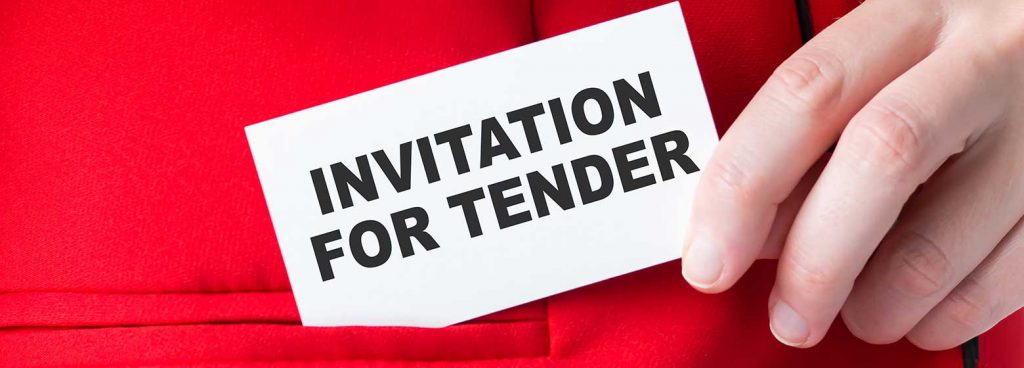
10+ openings! | we are hiring across web development, app development and ui-ux design Let's talk
Tenders are an authorised system of screening candidates for a contract. The goal is to secure the most eligible candidate using a transparent competition system. That ensures ‘value for money’ for both the service provider and the contractor. Tenders also ensure that contracts are awarded within the confines of the law. They minimise the risk of handing contracts to candidates without the required expertise.
The Tender writing process is just like a job application process. The intention is to convince the selection panel that the business can supply or deliver the required services. The difference between a job application and a tender submission is that the tender applicant determines the fees for his services. In the case of a job application, the wages are determined by the employer.

Tenders vary in complexity depending on the trade and the technical aspects of the industry. Specialised industries require technical expertise to interpret concepts like drawings, diagrams and charts.
Companies use various strategies to submit their tender applications. The applicant must assess the criteria and submit it within the stipulated timeframe. Most tenders have a provision for deadline extensions, while some have a fixed timeline. The applicant is responsible for aligning the application with the timeline and stipulated deadlines.

The response must address the criterion. Your language must be simplified to avoid industry jargon. Your target is to impress the panel, which is the only way your proposal can be shortlisted ahead of your competitors.
In the case of technical tenders, industry-related jargon may be relevant. Even if one uses field-based terminology, the content should still be simplified. Technical parts of the response must be explained. Some panel members may not have the technical knowledge of that industry. Where necessary, the response must be brief but detailed.
It is proper to present higher estimates than your competitors, especially if your price is substantiated by quality service. However, that must be demonstrated through your response. There must be evidence to support the credibility of your proposal.
Evidence can be from previous tender awards and proof of major contract fulfilment. That can also be demonstrated through experience, skills, and reviews from previous projects. Without sufficient testimonials, your competitors can be at an advantage.
It is a recommendation to outline your capacity to fulfil requirements through tangible examples. One can also use case studies of previous projects within your sphere of operation. Proven examples may also support your scope in that area of speciality. That can even be demonstrated by achievements such as increased revenue generation.
Data sourced from completed projects supports your tender application. Consider enclosing qualifications, registrations, memberships, and referees to support the application.

Understanding the tender process is essential. If need be, applicants must invest in learning the process before submitting polished applications. Candidates need to highlight their capacity to fulfil the criteria. Relevant examples can be used as a basis for your application. That can be in the form of previous achievements.
Data sourced from completed projects can also support your tender application. Consider enclosing qualifications, registrations, memberships, and referees to maximise your chances.
Like any other written document, a tender is subject to errors. Mistakes are an indication of weaknesses on the part of the applicant. If errors are evident in the application, that will affect the business’s credibility. This is a negligible requirement for some people. Proofreading forms a significant part of the finalisation process.
The readers are most likely to be reviewing a multitude of applications. The process is time-consuming. However, summarised proposals are more inclined to the selection panel’s attention. Simplified proposals are more effective than lengthy applications for the obvious reasons.
The most essential points must be at the top of the proposal. Sometimes, readers scan through the points to shortlist candidates. They must never struggle to identify critical points, considering the magnitude of competition among the candidates. Your submission must be detailed and relevant to the criteria.
When responding to a tender, the questions must be accessible for continuous reference. That helps to maintain track of the questions. It is easy to lose focus and deviate from the criteria. Most candidates are disqualified because of deficiencies in addressing the requirements, not because of a lack of eligibility.
The panel may be reviewing a large quality of responses and proposals. The process can be time-consuming. Maintaining a brief response makes it convenient for the team.
It is a requirement that the proposal be structured. Critical information must be at the top portion of your response. The panel must never struggle to identify essential details; it must be brief but relevant to the questions.
Each industry has a set of templates that relate to that field. Businesses are urged to engage templates that relate to their industry. Construction industries subscribe to a template that is consistent with the requirements.